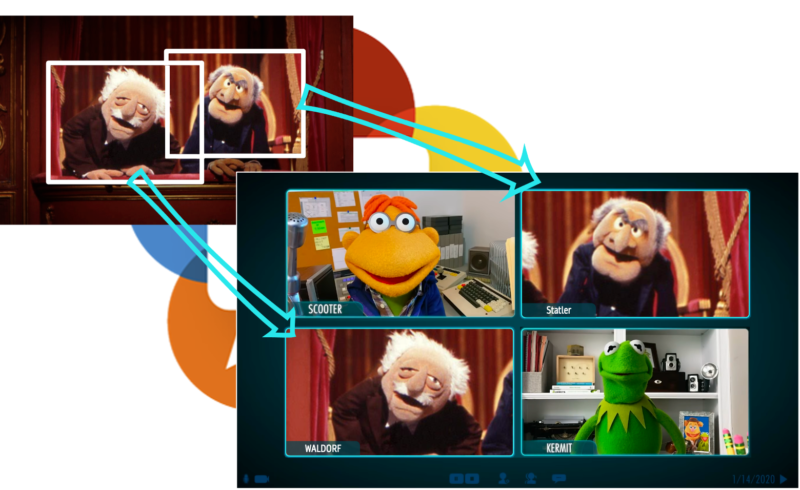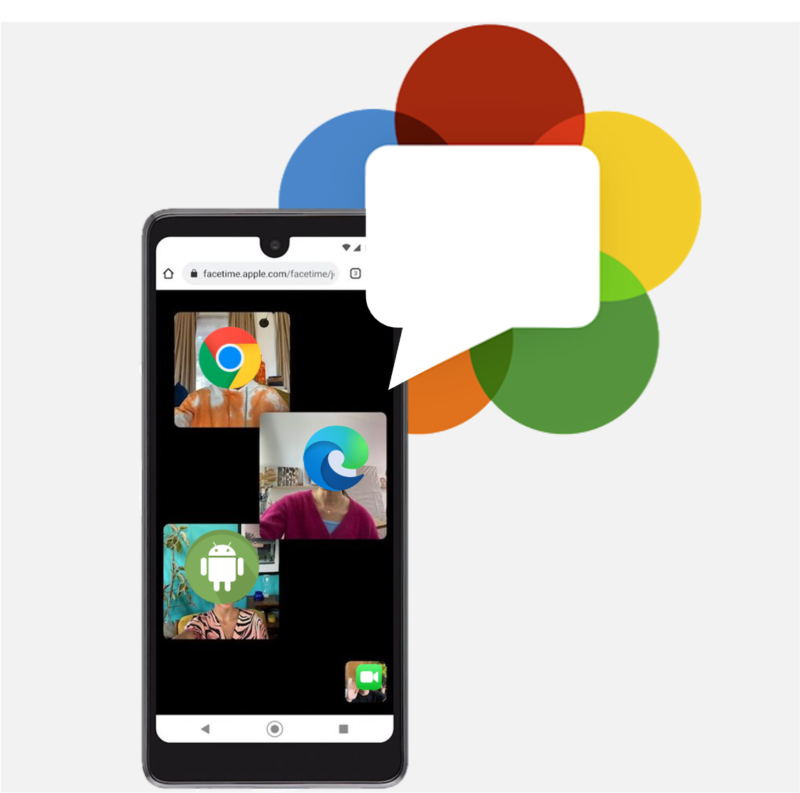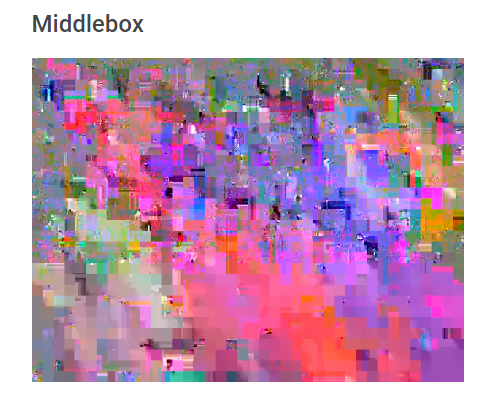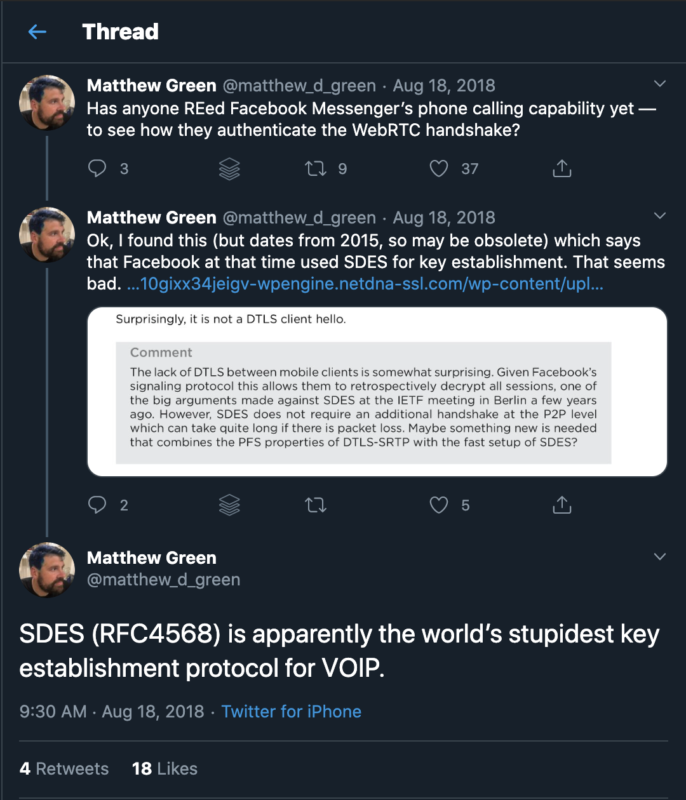How to seperate multiple people in the same camera feed into their own unique video streams that can be individually transmitted Google’s MediaPipe and the W3C’s new MediaStreamTrack API
FaceTime finally faces WebRTC – implementation deep dive
Deep dive analysis on how FaceTime for Web uses WebRTC. Philipp “Fippo” Hancke uses webrtc-internals, Wireshark, and reviews the JavaScript implementation to expose Apple’s implementation details.
RED: Improving Audio Quality with Redundancy
Back in April 2020 a Citizenlab reported on Zoom’s rather weak encryption and stated that Zoom uses the SILK codec for audio. Sadly, the article did not contain the raw data to validate that and let me look at it further. Thankfully Natalie Silvanovich from Googles Project Zero helped me out using the Frida tracing […]
True End-to-End Encryption with WebRTC Insertable Streams
A couple of weeks ago, the Chrome team announced an interesting Intent to Experiment on the blink-dev list about an API to do some custom processing on top of WebRTC. The intent comes with an explainer document written by Harald Alvestrand which shows the basic API usage. As I mentioned in my last post, this is the […]
Does your video call have End-to-End Encryption? Probably not..
Time for another opinionated post. This time on… end-to-end encryption (e2ee). Zoom apparently claims it supports e2ee while it can not satisfy that promise. Is WebRTC any better? Zoom does not have End to End Encryption Let’s get to the bottom of things fast: Boo Zoom! I reviewed how Zoom’s implements their web client last […]






